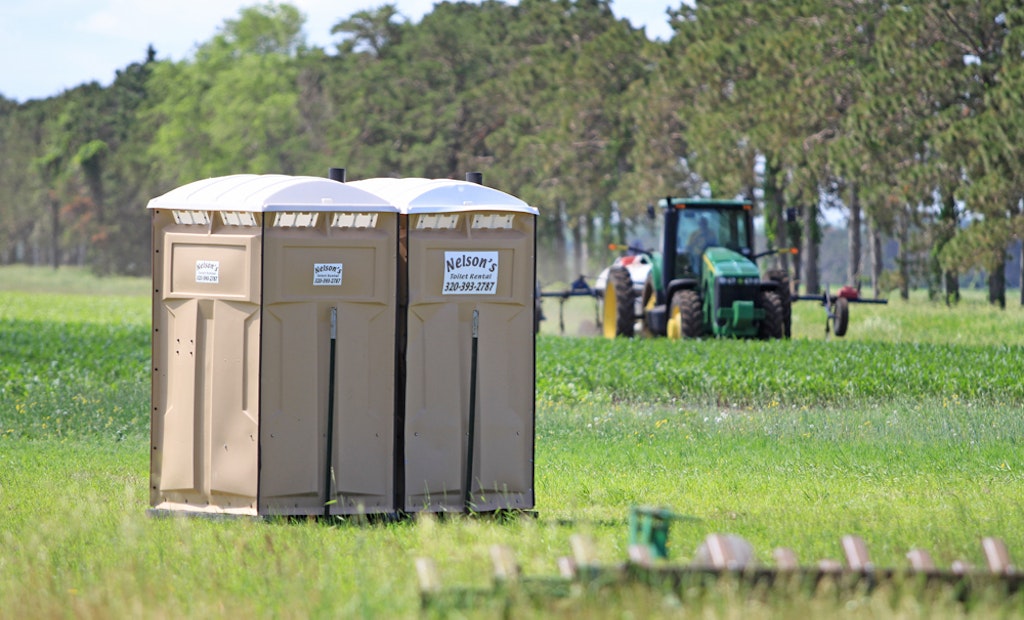
Interested in Trucks?
Get Trucks articles, news and videos right in your inbox! Sign up now.
Trucks + Get AlertsWhether it’s a contract with a high-plains farmer providing facilities for his field hands or a bid for a big-city builder erecting a high-rise office building, operators say that the bottom line when it comes to placing portable restrooms and accessories is the old adage: “The customer is always right.”
That’s why experienced operators say it’s important for a vendor to make sure the customer has all the information to make the “right” decision.
All-access pass
“The best way to have the unit serviced is to keep it within 25 feet of where we pull on the property,” says Brian McNamara, president and CEO of NSC Restrooms based in Northborough, Massachusetts. McNamara’s company serves markets in four northeastern states as well as in the Tampa, Florida, area.
“We tell our drivers the same thing we tell our customers,” he says. “Keeping the portable restroom close to the access allows the driver to service the account without disrupting the work or the event.” McNamara says that customers who listen to the drivers will understand the importance of putting the equipment in places where the customer won’t have to move equipment or supplies when units are being serviced.
Norman Bond, the owner of Clean Can Portable Toilets in Lubbock, Texas, agrees that it is important to try to keep units located as close to a paved surface as possible, to keep heavy trucks off of open ground that can become swampy in wet weather or on finished lawns that could be damaged. “You might have a 30-foot hose, but you still need to get within 20 feet to service a unit,” he says.
Cool and collected
McNamara says that for special events the attendance and the size will help guide the decision of how to locate portable restrooms. “We put them in places where they don’t interfere with traffic flows, but we put them near key intersections where they will be convenient for the most people.”
He adds that NSC drivers will also seek out shady locations for the comfort of the people attending an event or working on a job site.
On the high plains surrounding Lubbock, Bond says many of his customers are commercial farmers who have large crews working in fields, often harvesting vegetables. He says that many of those customers actually have workers leave the portable toilets and hand-wash stations on trailers that tractors can move to keep them within easy walking distance of the field workers.
Keeping restrooms clean and hand-wash stations serviced is important for farmers whose workers are often handling fresh vegetables headed to market for human consumption.
Do you place a lot of restrooms on agricultural sites? Here are 3 Ways to Prevent Disease at Portable Restroom Sites.
Stay together
Both Bond and McNamara say that keeping their equipment in groups on work sites and event sites makes it easier to service them, but McNamara adds that doing so also helps ensure that a customer can make optimal use of all the facilities.
“If they are not bunched together, you often find one set of units can get slammed and the others might not be used at all,” McNamara says. That’s because most workers or event visitors will instinctively go to the restrooms that are closest at hand.
NSC drivers are trained to explain such factors to customers when making deliveries, but McNamara adds, “We never argue with a customer, but when they realize it’s for the benefit of the event or job site, they’ll usually work with you.”
And if the customer doesn’t see it that way? “We’ll try to accommodate them if at all possible.”





